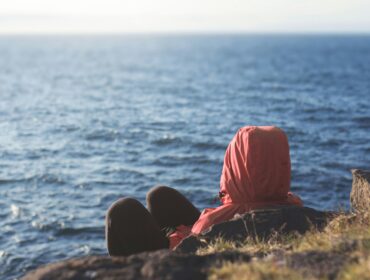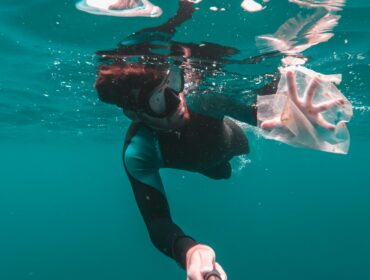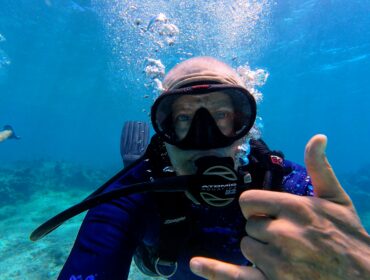Sea turtles have played a vital role in the ocean’s ecology for millions of years. With the populations of sea turtles ever decreasing in this modern age, the ocean’s ecology is at risk. Most people do not realize what is at stake and the role of sea turtles in the ocean. While their intrinsic value is somewhat hard to quantify, sea turtles affect ocean ecology in several significant ways.
One species of sea turtle, the hawksbill, significantly impacts coral reefs. The hawksbill turtle has a beak-like mouth and feeds on various sponges. Sponges live within coral reefs, and when hawksbill turtles eat them, they can drastically change the composition of the sponges. This allows the coral to colonize further and grow. Without help from the hawksbill, coral reefs would have a more challenging time flourishing as sponges gradually take over the reef.
All sea turtles affect the beach and sandy dunes, as each species lays eggs on beaches worldwide. Those eggs are a significant nutrient source for a variety of wildlife. Most beaches already have a limited supply of certain nutrients, such as phosphorous, nitrogen, and potassium. The unhatched eggs of a clutch provide these nutrients and help stabilize the nesting beaches. Increased plant growth begins, creating more nutrients for other species. The eggs also serve as food for predators. Those predators enrich the beaches with nutrients from their feces, completing an ancient life cycle in these habitats.
Sea turtles can also provide a great source of food for fish. Barnacles, algae, and other organisms, known as epibionts, are carried around by the turtles on their shells and skin. Shrimp and other fish can feed from them as they make their way through the sea. Many different types of fish and shrimp also develop cleaning stations for sea turtles, scouring their surfaces for food. In turn, the turtles are kept clean and free from drag that they would otherwise not be able to rid themselves of.
In a somewhat cruel twist for sea turtles, they are also a great source of food for predators on land and in tidal areas. Newly hatched sea turtles are the most vulnerable, as many animals, including ants, crabs, seabirds, reptiles, and even dogs, will snatch them up as an easy meal. Fortunately, as the turtles grow, their list of predators decreases, but orcas, sharks, and humans still pose a significant threat to their survival, no matter how big or old they may be.





